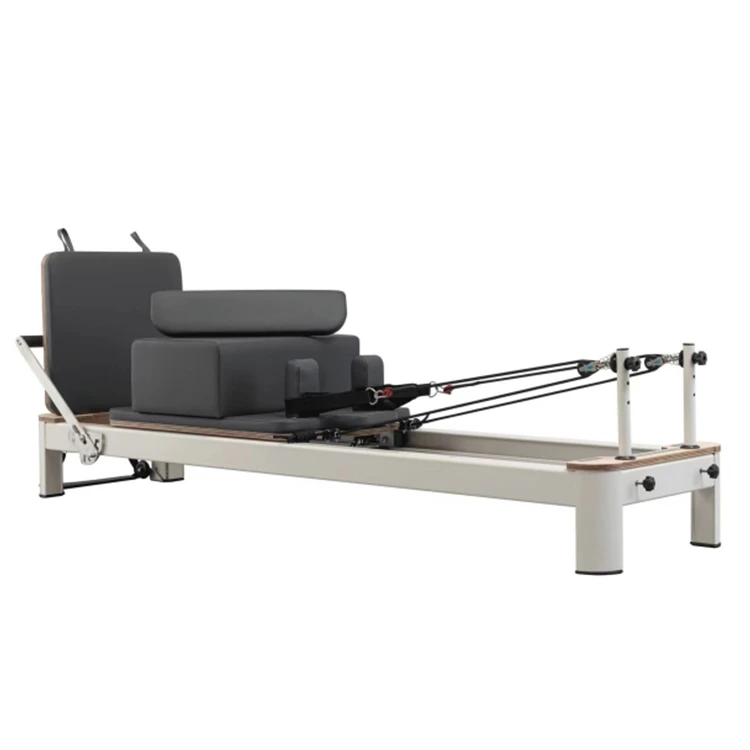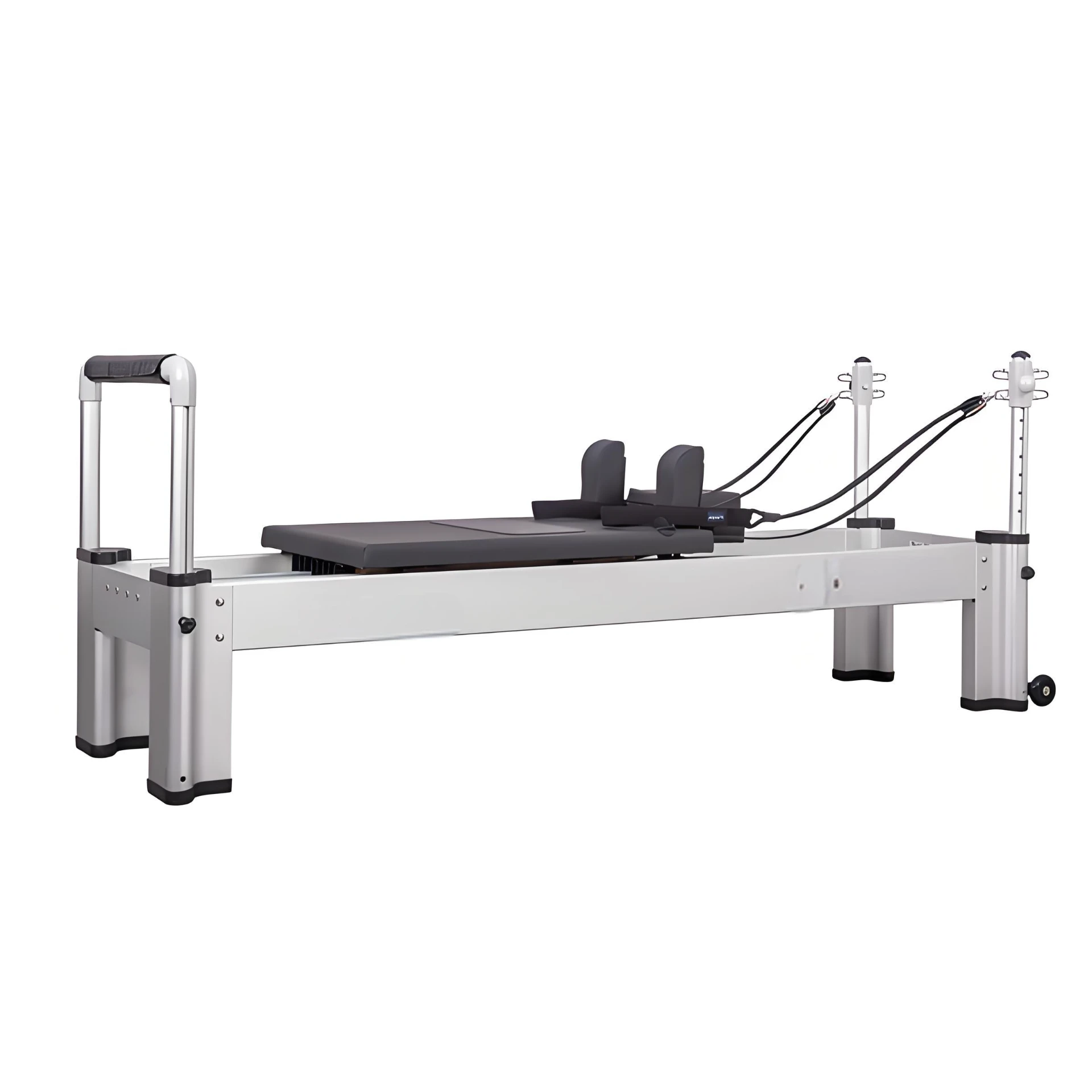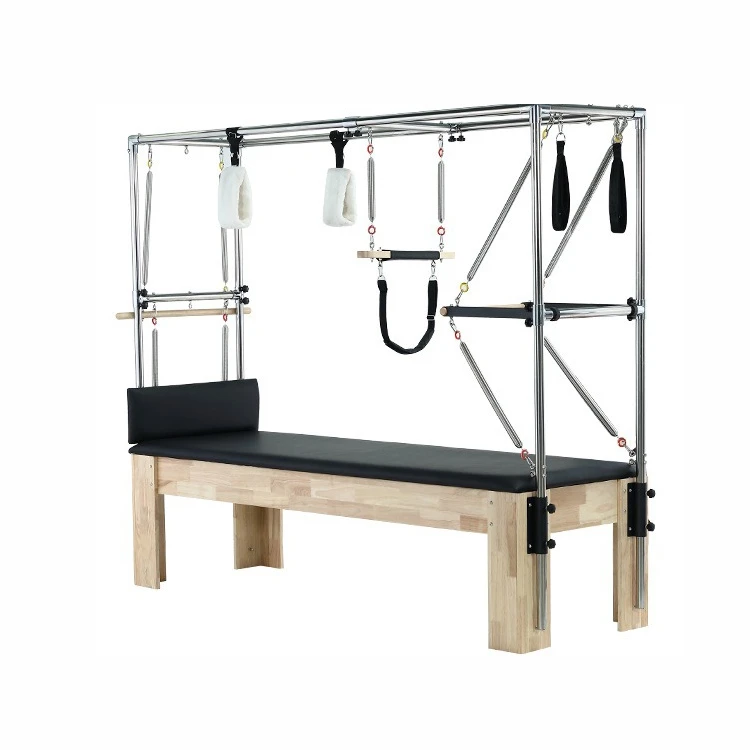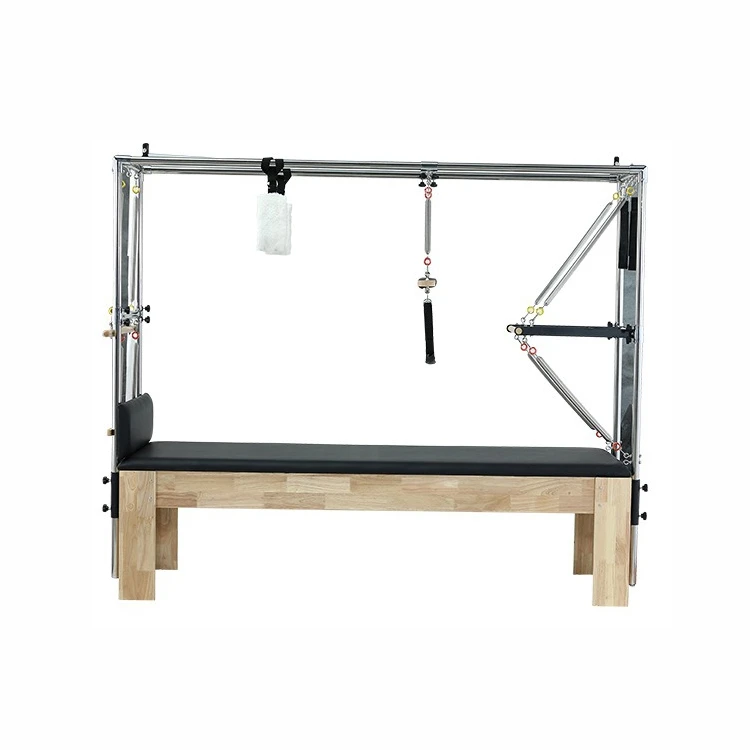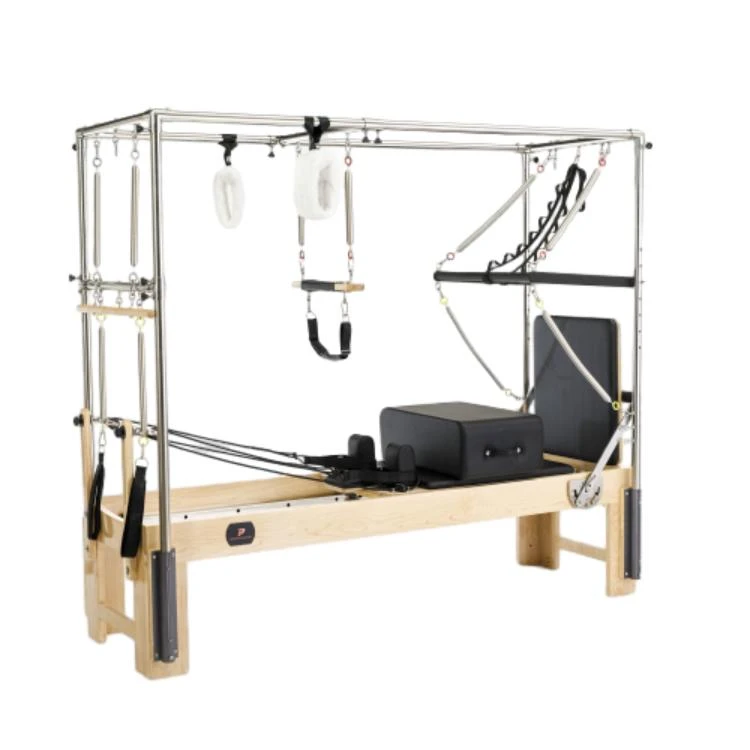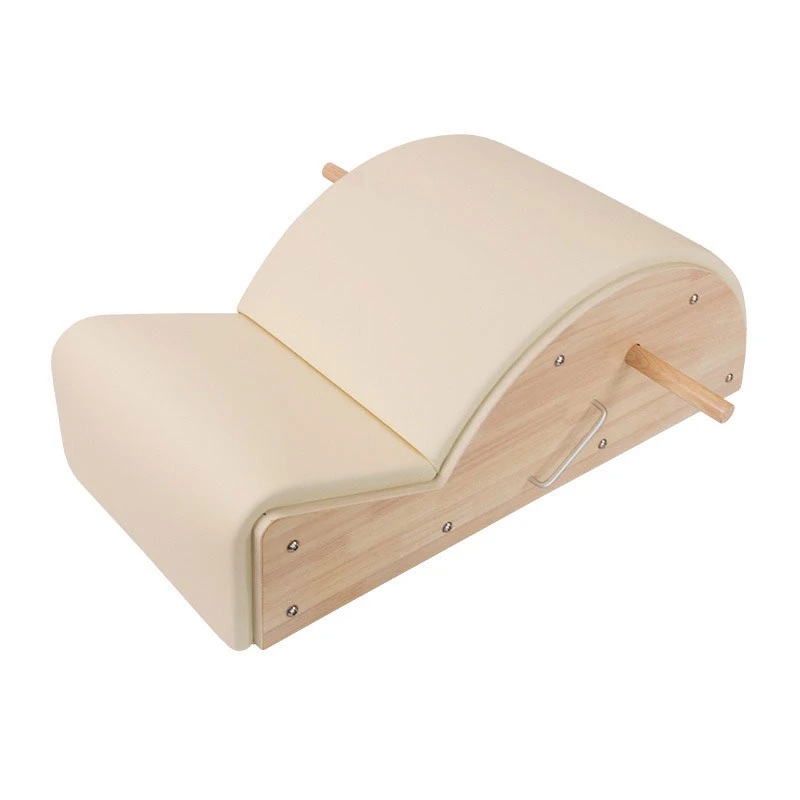pilates trapeze table
The Pilates Trapeze Table A Comprehensive Guide to Enhancing Your Practice
The Pilates Trapeze Table, also known as the Cadillac, is an essential piece of equipment in the Pilates repertoire, revered for its versatility and ability to enhance a wide range of movements. Originating from the early days of Joseph Pilates, the Trapeze Table has evolved into a crucial tool for practitioners looking to deepen their understanding and ability within Pilates. This article explores the anatomy, benefits, and various exercises associated with the Trapeze Table, providing both beginners and seasoned practitioners with insight into its importance.
Understanding the Trapeze Table
At first glance, the Pilates Trapeze Table may seem intimidating with its intricate setup, which includes a bed-like platform, various attachments like springs, straps, and a trapeze bar. However, it is this very complexity that makes it such a powerful training tool. The ability to adjust the tension of the springs and utilize various attachments allows for a vast array of exercises targeting all major muscle groups.
One of the defining features of the Trapeze Table is its ability to provide support and resistance simultaneously. This duality aids in achieving the ideal balance of strength and flexibility, making it suitable for a wide range of fitness levels. From rehabilitation to athletic training, the Trapeze Table can accommodate diverse body types and individual goals.
Benefits of the Trapeze Table
1. Increased Strength and Flexibility The Trapeze Table facilitates exercises that strengthen muscles while simultaneously improving flexibility. By utilizing the springs' resistance and support, practitioners can work at their own level and gradually increase intensity as they progress.
2. Enhanced Body Awareness The Trapeze Table encourages mindfulness by directing attention to body alignment and breath control. This heightened body awareness is integral to the Pilates philosophy, promoting a deeper connection between mind and body.
3. Rehabilitation and Injury Prevention Physiotherapists often incorporate the Trapeze Table in rehabilitation programs. Its ability to provide controlled resistance makes it an ideal tool for helping clients recover from injuries and build strength progressively, reducing the risk of future injuries.
4. Variety of Exercises With the Trapeze Table, the possibilities are virtually limitless. It offers unique modifications and variations, allowing practitioners to explore an extensive range of exercises targeting various muscle groups. This variety keeps workouts engaging and addresses potential fitness plateaus.
pilates trapeze table

5. Support for All Levels Whether you are a beginner or an experienced athlete, the Trapeze Table can be adjusted to suit your individual needs. Beginners can benefit from the assistance of the springs, while advanced practitioners can challenge themselves with high resistance settings.
Popular Exercises on the Trapeze Table
1. Pulley Series This series of exercises is fundamental for enhancing upper body strength. It involves pulling the straps in various directions while maintaining a stable core, focusing on proper alignment and control.
2. Roll Up A classic Pilates movement, the Roll Up on the Trapeze Table promotes spinal articulation and flexibility. By using the springs for resistance, practitioners can find support as they roll up and down, refining their technique.
3. Leg Springs Great for targeting the legs, this exercise involves lying on the table and pressing against the springs with the legs. It strengthens the thighs, glutes, and core while promoting balance and stability.
4. Trapeze Pull Up This exercise focuses on upper body strength and control. Hanging from the trapeze bar, practitioners engage the upper body muscles while stabilizing the core, creating an environment for strength-building.
5. Teaser A hallmark of Pilates, the Teaser can be performed on the Trapeze Table for added resistance. This advanced exercise challenges core strength and flexibility while enhancing coordination.
Conclusion
The Pilates Trapeze Table is a remarkable asset that brings depth and variety to Pilates practice. Its ability to enhance strength, flexibility, and body awareness sets it apart as a multi-functional tool suitable for individuals of all fitness levels. Whether for rehabilitation, athletic training, or general fitness, integrating the Trapeze Table into your Pilates practice opens a world of possibilities. As with any fitness endeavor, working with a certified instructor is recommended to ensure proper technique, maximize benefits, and enhance safety. By embracing the Trapeze Table, you can deepen your Pilates experience and propel your fitness journey to new heights.
Latest news
-
Types of Pilates Machines Used in Group Classes Versatility GuideNewsJul.07,2025
-
Pilates Spine Corrector Benefits for Posture and Core StrengthNewsJul.07,2025
-
Pilates Chair for Sale Adjustable Spring Systems for All Fitness LevelsNewsJul.07,2025
-
Ladder Barrel for Sale Commercial-Grade Wooden ConstructionNewsJul.07,2025
-
Eco-Friendly Pilates Studio Equipment Sustainable Materials GuideNewsJul.07,2025
-
Adjustable Pilates Chair Settings for All Fitness LevelsNewsJul.07,2025
- Address
- Room 1601, 1302, Building A, Zijingguandi, Qiaodong District, Xingtai City, Hebei Province, China
- Sandra@raetin.com
- Phone
- +86 18231139331

